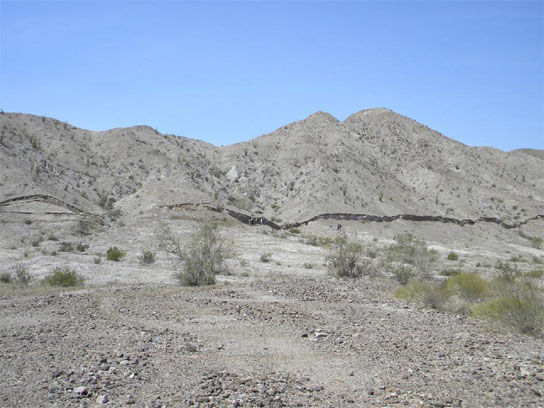Sometimes as a result of earthquakes, ruptures will appear above ground with sudden rises or falls of land. These are called scarps and can vary in height.

Earthquakes can trigger landslides. In Hati, the 2010 earthquake caused many landslides along the coast. Below is an example of this.

Landslides risks are increased if the land is cleared. Below is a photo of a village in El Salvador.

Following the 1964 earthquake in Alaska, a number of waterways had to be resurveyed due to landslides, subsidence and upthrusts which altered the depth of previously navigable waterways to the point that they posed hazards to boat traffic.
When it comes to built structures, earthquake damage will cause the most deaths and injuries when buildings collapse. In many developing nations, cheap high density buildings are mostly concrete based. While strong, concrete is brittle, and so collapse often occurs if it has no reinforcing steel in the structure. The steel being malleable can withstand the shaking and stops the concrete from breaking as frequently.

Earthquakes can also cause serious damage to infrastructure like the railway pictured here. It can also break water and sewage pipes (resulting in sanitation and health problems), cause electricity disruption, and break gas pipes (which pose a fire hazard). Some of these are discussed in the Kobe earthquake post.

No comments:
Post a Comment